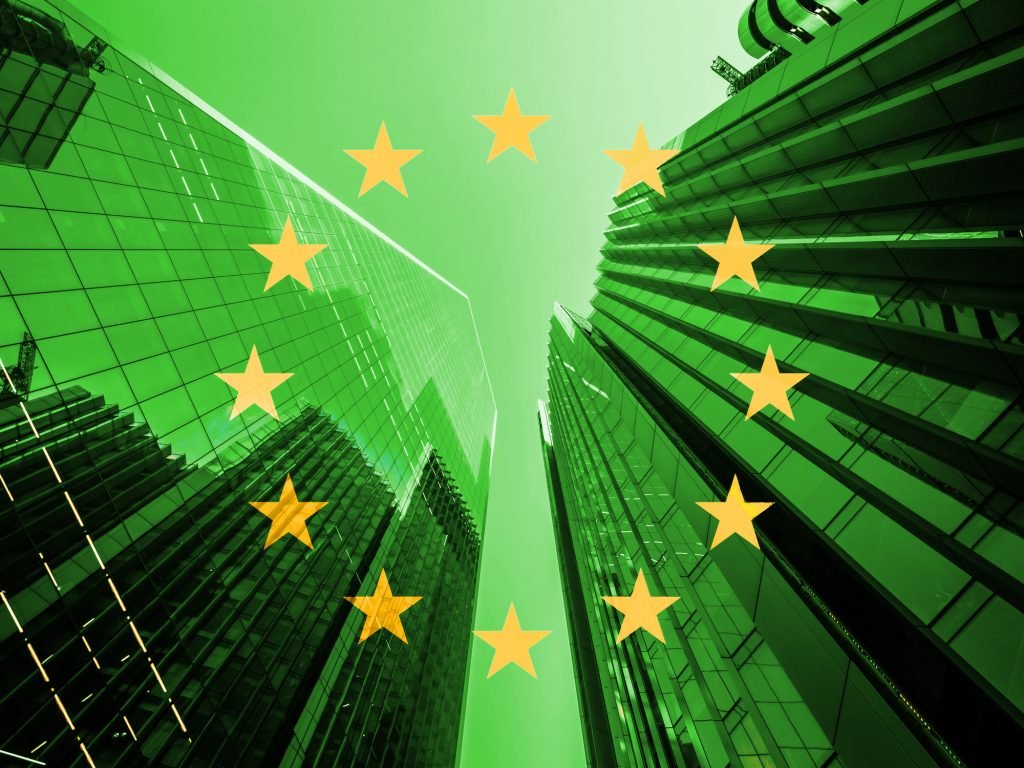Europe is often referred to as a beacon when it comes to sustainability: is it really so or is it about Green wash? Today we will find out by analyzing together what the official website of the European Council states about the Green Deala mechanism our continent puts in place to fight back climate change. Because, let’s face it, our future is non-negotiable
When was the Green Deal born and what is it?
In December 2019, the European Commission launched the Green Deal, better known as Green Deal. It’s about a package of initiatives aimed at achieving climate neutrality by 2050 through a holistic and multidimensional approach. The initiatives concern all sectors horizontally, with special attention to some. So there are actions on climate, environment, sustainable finance and so on…
Within the framework of the Green Deal, the “Fit for 55%” regulation stands out, which aims to align European legislation with its climate goals.
The good news is that, with European climate legislation, all member states have committed to reducing their net greenhouse gas emissions by at least 55% by 2030 compared to 1990. The target is legally binding and based on an impact assessment carried out by the Commission.
To achieve these goals, 3 actions must be taken:
- Determine the rate of emission reduction
- Develop a tracking system
- Make sure the transition is cost effective. The EU has introduced a mechanism to help mobilize €55 billion from 2021 to 2027 for communities, businesses and Member States. The Just Transition Fund is the first pillar of the mechanism.
Other initiatives included in the Green Deal are climate change adaptation strategies so that we are ready to face extreme weather events with special attention to prevention, preparation, response and recovery. In addition, there are industrial strategies to ensure that European industry leads the green transformation. There is also an action plan on the circular economy, batteries and waste, clean energy, chemicals and reforestation.
But how does the initiative proposal work?

Cultures
Climate change: what the new United Nations report says
The European Commission presents its proposals and initiatives to the Council and the Parliament. The ministers meeting in Council then discuss the proposed legislative and non-legislative measures.
Let’s give an example: on 14 July 2021, the Commission submitted a proposal for a regulation on the Carbon Border Adjustment Mechanism. This need arose from the fact that many companies were forced to produce outside the territory of the EU in order not to be subject to emission limits and to avoid obtaining licenses or permits. In terminology we are talking about carbon leakage. The regulation is called CBAM and aims to prevent efforts to reduce GHG emissions in the EU from being offset by emissions caused by the same companies that have “migrated” to states with less ambitious climate policies. CBAM will mainly concern products such as iron, steel, cement… in short, high-intensity sectors that are difficult to reduce in terms of energy and emissions. To date we know that a provisional agreement has been reached and that the mechanism will be operational from October 2023.
Therefore, we can say that there is still a long way to go and we should not let our guard down, given that shameful episodes like the one that occurred on Common Agricultural Policy olinclusion of gas in the green classification they may be repeated, but overall, we can be proud of what our continent is doing: Europe!
Federica Gasbarro works with The Wom independently and is in no way associated with the advertisements that may appear in this content.

